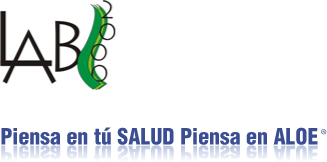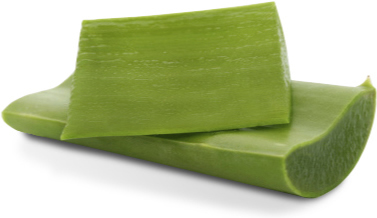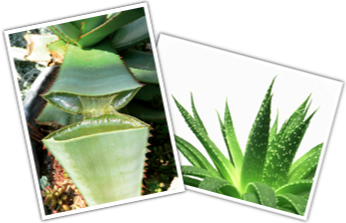
History
The first people to use Aloe were the Chinese, it was commonly utilized in ancient Egypt, the Egyptians refer to Aloe as the immortality plant. Cleopatra used Aloe as an essential ingredient in her everyday personal care. There are historical documents from the Romans, Greeks, Hindu, Arabs and other peoples from warm weather areas, which describe it’s medical and cosmetic virtues..
Spanish Franciscan monks, brought the plant to America, probably to Barbados, hence it’s current scientific name: ALOE BARBADENSIS. During WW II, Aloe’s therapeutic value was re-discovered. Burns caused by atomic bombs in Hiroshima and Nagasaki were treated and healed faster with the use of Aloe, and in many cases, without leaving marks or scars. Currently, Aloe’s therapeutic attributes have been tested clinically.
Curiously, the first achievement of Aloe, (in terms of medical recognition), was produced when the first X-Ray devices made their first appearance.
Dr. Collins & son’s research in 1934, proved Aloe’s outstanding healing effectiveness in x-ray-caused burns, affecting both doctors and patients in the beginning.
From these investigations, which went for 20 years, Aloe regained it’s popularity, and many of the applications lost during middle age and rennaissance, were recovered. Various studies, mainly in the United States and the former USSR, showed the curative properties of Aloe, on illnesses such as ulcers, eczemas, burns and a broad spectrum of skin diseases.
In the 1960’s, several doctors showed that the American aloe inhibited the development of a Variety of microbes perpetrators of Various types of infection.

In 1964 Salisbury and Lorezzeti proved that the Aloe restrained action of some bacteria, as salmonella or staphylococcus, responsible among other illnesses, of boils and typhoid.
In Japan, it showed aloe’s anti-inflammatory properties, and in 1970, pharmacist Bill Coats managed to separate the aloin from the crust and stabilize the gel held from the leaf, adding Vitamin C(Ascorbic Acid), Vitamin E(Tocopherol), and sorbitol, what massified the use of aloe and created an industry associated with this plant.

